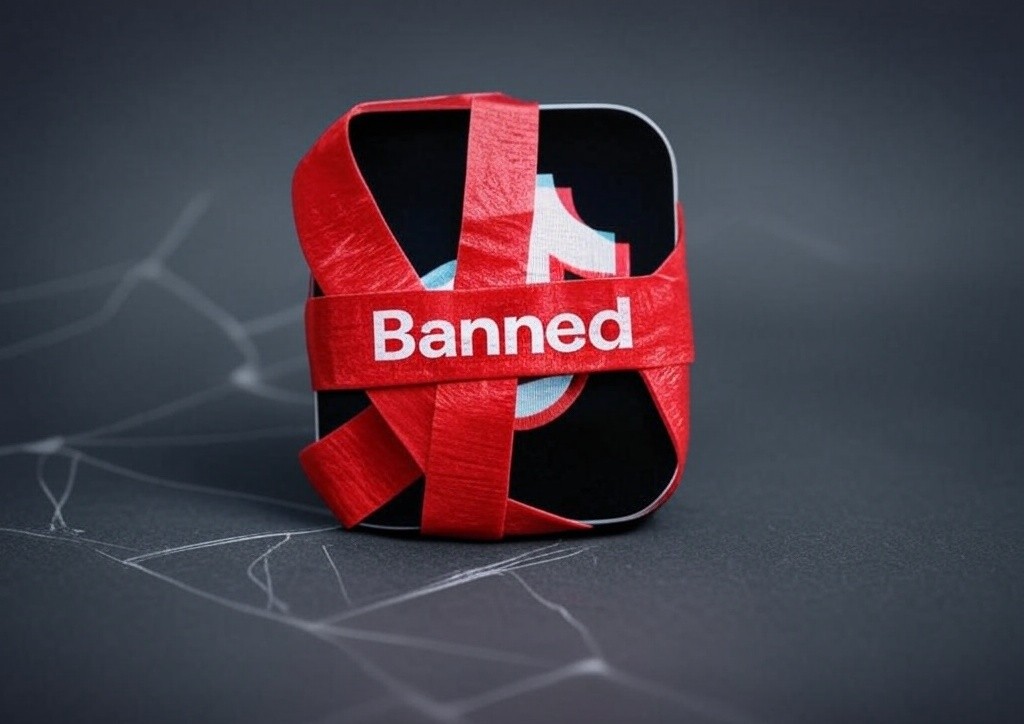US President Donald Trump confirmed on Sunday that his administration is actively negotiating with four parties interested in purchasing TikTok, the immensely popular Chinese-owned social media platform.
Trump’s comments come amid continued uncertainty about TikTok’s future in the US, following security concerns that prompted legislation mandating its sale or facing a ban.
Speaking to reporters aboard Air Force One, Trump expressed optimism about the potential deal, suggesting all four prospective buyers offered strong options.
Though Trump did not disclose specifics about the parties involved, recent reports indicate significant interest, notably from prominent businessman Frank McCourt, former owner of the Los Angeles Dodgers.
Analysts estimate TikTok’s value could reach up to $50 billion, making it one of the most lucrative tech deals in recent years.
The uncertainty around TikTok began escalating when the new law targeting the platform took effect on 19 January, requiring ByteDance, TikTok’s parent company, to divest the business due to national security concerns.
President Trump subsequently delayed enforcement of the law by signing an executive order granting a 75-day extension, providing additional time to facilitate a sale.
So far, neither TikTok nor ByteDance have publicly commented on Trump’s latest statements or the ongoing negotiations.
Meanwhile, the app’s tens of millions of American users continue to watch closely, hoping their favourite platform survives the political and economic storm surrounding it.
Stay up to date with the latest news on TikTok developments!









